Biosecurity protocols and best practices for pond preparation and feed and water management
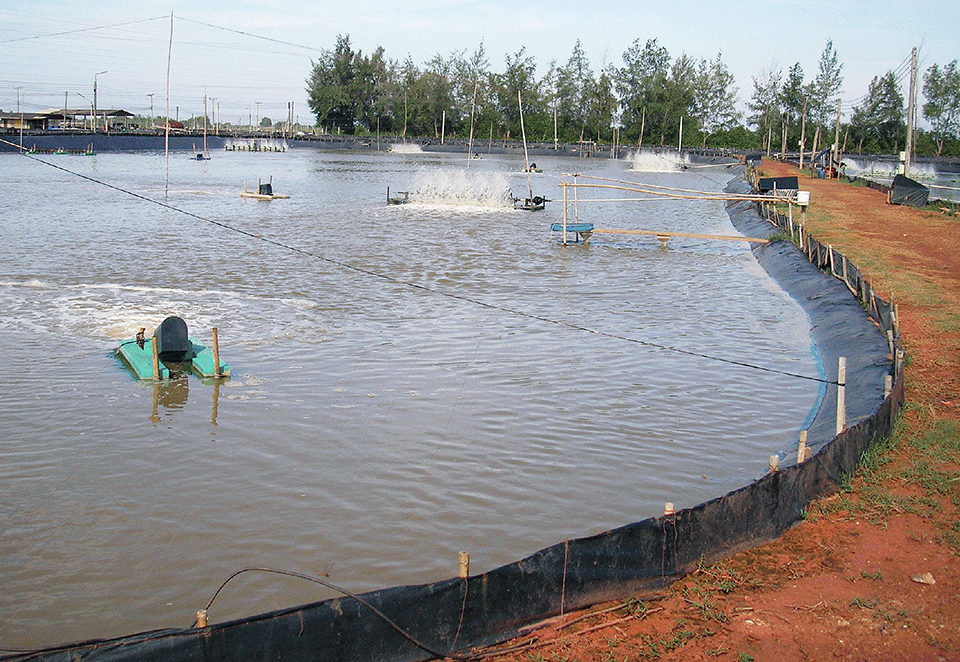
Any company that wants to be successful in shrimp farming today must use technologies that result in both sustainable and efficient shrimp production. Traceability is also being increasingly required by the global marketplace. Integrated enterprises are set up to answer these interrelated concerns through complete control over farming and processing operations.
Charoen Pokphand Farms
Charoen Pokphand Foods Public Co. Ltd. (C.P.) is an example of a large, well-integrated operation. It both owns and leases farms for the production of its shrimp in Thailand. Charoen Pokphand produced nearly 48,000 metric tons (MT) of shrimp from 1,789 ha of ponds in 2007.
Its shrimp farms are divided into three geographic regions of Thailand, each with somewhat differing conditions and yields (Table 1). The eastern region is characterized by cooler winter temperatures, the central region by lower salinities and cool winters, and the southern region by more optimal salinities and temperatures. The highest yields in the southern regions are greater than 15 MT/ha/crop.
McIntosh, Comparison of regional farm performance, Table 1
| Area (ha) | Production (mt) | Yield (mt/ha/crop) | Mean Body Weight (g) | Survival (%) | |
|---|---|---|---|---|---|
| East region | 575 | 13,150 | 11.4 | 17.5 | 81 |
| Central region | 218 | 4,205 | 9.7 | 16.2 | 73 |
| South region | 996 | 30,515 | 15.3 | 18.3 | 82 |
One of the strengths of an integrated farming business is that the marketing division can consider these regional variances and other factors and direct the farms on which sizes are required by the company’s processing units. Ponds can therefore be programmed in advance to efficiently produce the required shrimp sizes.
C.P. farms typically have production ponds of 0.4 to 1.5 ha size, a series of reservoirs, backup electrical generation, an office maintenance complex and a housing-recreation complex for management and workers. All ponds are plastic-lined to ensure that pond bottom conditions do not deteriorate from cycle to cycle, allow fast turnaround time between cycles and maximize growth rates.
Green technology
Green Technology is the name given by C.P. to its shrimp culture technology. The name is meant to symbolize the C.P. philosophy of sustainable shrimp culture that is in harmony with the environment. At the core of this technology is the belief that prevention of disease and pond-related problems is much more effective than cures for such problems.
The technology is based around the implementation of strong pond biosecurity protocols, a stocking program that matches pond design and aeration levels with appropriate stocking densities, and the application of pond preparation, feed and water management protocols that result in maximum growth, high survival and better feed conversion.
Biosecurity
Biosecurity is the application of mechanisms to prevent the entry of known pathogens into ponds. In Thailand, biosecurity is necessary for the exclusion of the white spot syndrome virus and, in some areas, yellow head virus.
It is important to stock only postlarvae that are known to not contain problem viruses, and remove all pathogen carriers from the water that enters ponds by use of filtration and/or approved chemical disinfectants. Plastic liners isolate bottom sediments from pond water, and barriers should be installed to prevent the entry of crabs and birds.
To effectively keep shrimp viruses out of culture ponds, Green Technology depends on a closed water cycle. Every C.P. shrimp farm includes a series of reservoirs that retain harvested pond water and disinfects newly pumped water before it is used in culture ponds. This approach greatly reduces the amount of water released to the environment from the levels of previous years, when water management strategies emphasized open water exchange to control nutrient and plankton levels. New strategies depend on the development of microbial populations to control the build-up of excessive nutrients in the pond water.
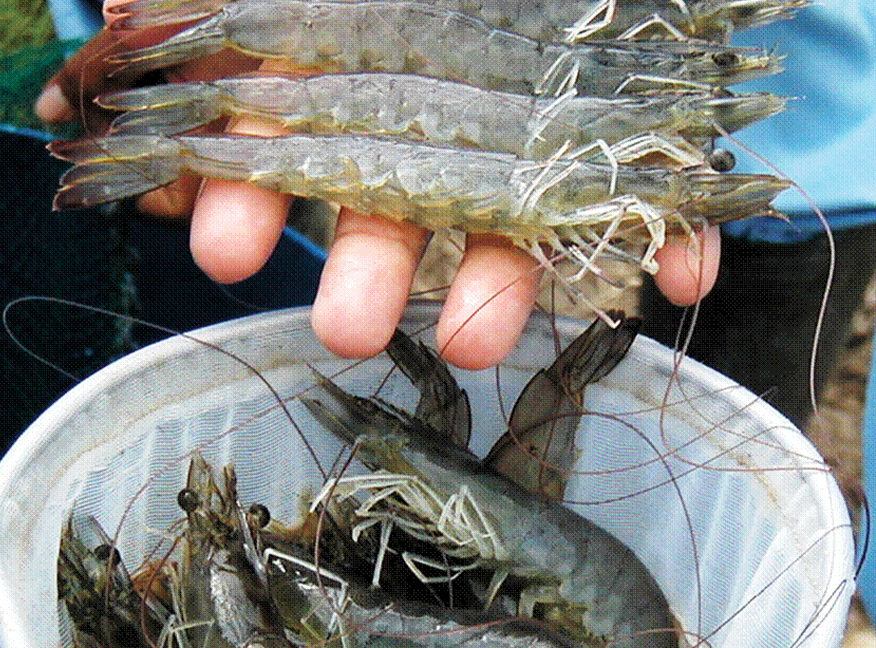
Probiotics
Antibiotics are completely banned from C.P. farms and hatcheries. The philosophy is prevention by providing a healthy environment for the shrimp instead of curing an ailment. Key to that healthy environment is the placement of sufficient paddlewheel aerators to maintain oxygen levels of greater than 4 ppm in all pond areas and maintain a clean, oxidized bottom condition. All ponds are equipped with aeration applied at around 1 hp/500 kg of anticipated shrimp harvest.
Probiotics are used to create a healthy microbial environment for the shrimp in both the water column and sediment layers. C.P. produces two categories of probiotics for use on its farms. The first is composed of photosynthetic bacteria that are effective in keeping pond bottoms healthy. The second is a mixture of specifically isolated bacillus bacteria that can be added to the water directly or top dressed on feed. Routine use of probiotics has resulted in significantly fewer health problems in ponds and eliminated the need to use antibiotics.
Fertilization, feeding
Maximum pond growth and survival are obtained when ponds are properly prepared for increased natural production after the disinfection process. Ponds are fertilized with a combination of inorganic and organic fertilizers to increase the plankton numbers and the amount of detritus.
For the first 40 days, feed is applied at rates based on the number of shrimp stocked. After 40 days, feed rates are set by calculations determined by combining values from feed tables based on size and assumed survival rates, and feed tray observations. To fully express the increased growth rate potential bred into C.P. shrimp, farms increase feed rates accordingly.
C.P. stocks ponds at densities that yield 12 to 16 MT per ha at the targeted harvest size. Thus, if the marketing team asks for 60-count (17-gram) shrimp, the farm would stock 90-100 per square meter. For a pond directed to harvest shrimp at size 80 (12.5 grams), the pond would be stocked at 120 to 130 per square meter. Feed conversions vary according to the size of shrimp harvested. For 60-count shrimp, a feed-conversion ratio of 1.6 would be typical.
Perspectives
Evolving technologies will further increase the efficiencies of production and sustainability of shrimp aquaculture. C.P. and other operations continue to invest in exploring more intensive and environmentally friendly methods and equipment. An example of this is a new farm in the Trat province of Thailand that is completely enclosed and uses total recirculation.
(Editor’s Note: This article was originally published in the September/October 2008 print edition of the Global Aquaculture Advocate.)
Now that you've reached the end of the article ...
… please consider supporting GSA’s mission to advance responsible seafood practices through education, advocacy and third-party assurances. The Advocate aims to document the evolution of responsible seafood practices and share the expansive knowledge of our vast network of contributors.
By becoming a Global Seafood Alliance member, you’re ensuring that all of the pre-competitive work we do through member benefits, resources and events can continue. Individual membership costs just $50 a year.
Not a GSA member? Join us.
Author
-
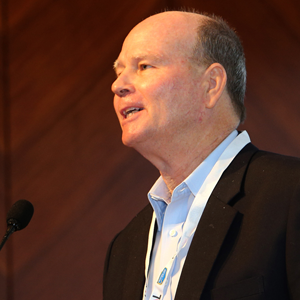
Robins McIntosh
Charoen Pokphand Foods Public Co. Ltd.
C.P. Tower, 27th Floor
313 Silom Road
Bangkok 10500 Thailand
Related Posts

Health & Welfare
A comprehensive look at the Proficiency Test for farmed shrimp
The University of Arizona Aquaculture Pathology Laboratory has carried out the Proficiency Test (PT) since 2005, with 300-plus diagnostic laboratories participating while improving their capabilities in the diagnosis of several shrimp pathogens.

Responsibility
A look at integrated multi-trophic aquaculture
In integrated multi-trophic aquaculture, farmers combine the cultivation of fed species such as finfish or shrimp with extractive seaweeds, aquatic plants and shellfish and other invertebrates that recapture organic and inorganic particulate nutrients for their growth.
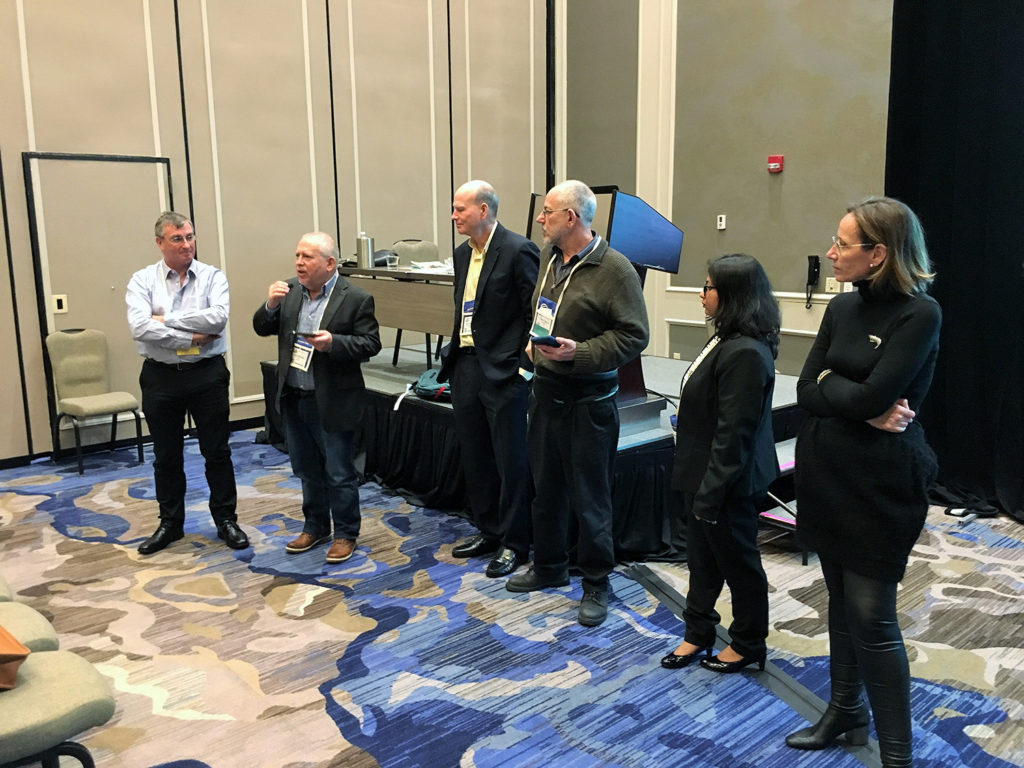
Intelligence
Aquaculture 2019: Triennial meeting examines global industry status
The triennial Aquaculture 2019 meeting – which also celebrated the 50thanniversary of the World Aquaculture Society – featured all segments of the aquaculture value chain during 104 technical sessions.
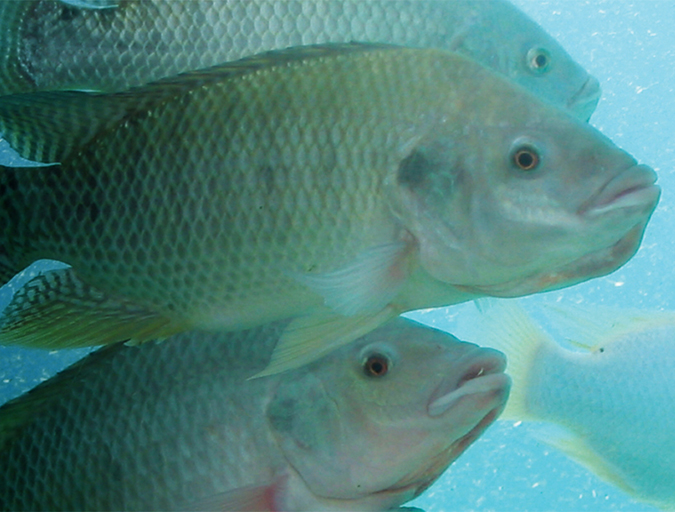
Health & Welfare
Aquaculture disease experts to download at GOAL 2016
At this year’s GOAL conference in Guangzhou, China, leading animal welfare and aquatic animal disease experts will share knowledge about how producers can gird their operations. EMS, EHP, streptococcosis and sea lice will be addressed, as will the latest in area management.


